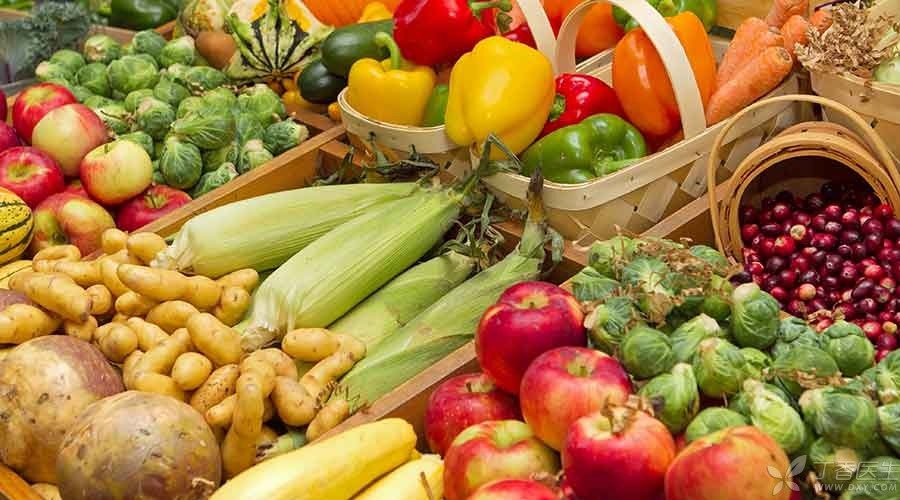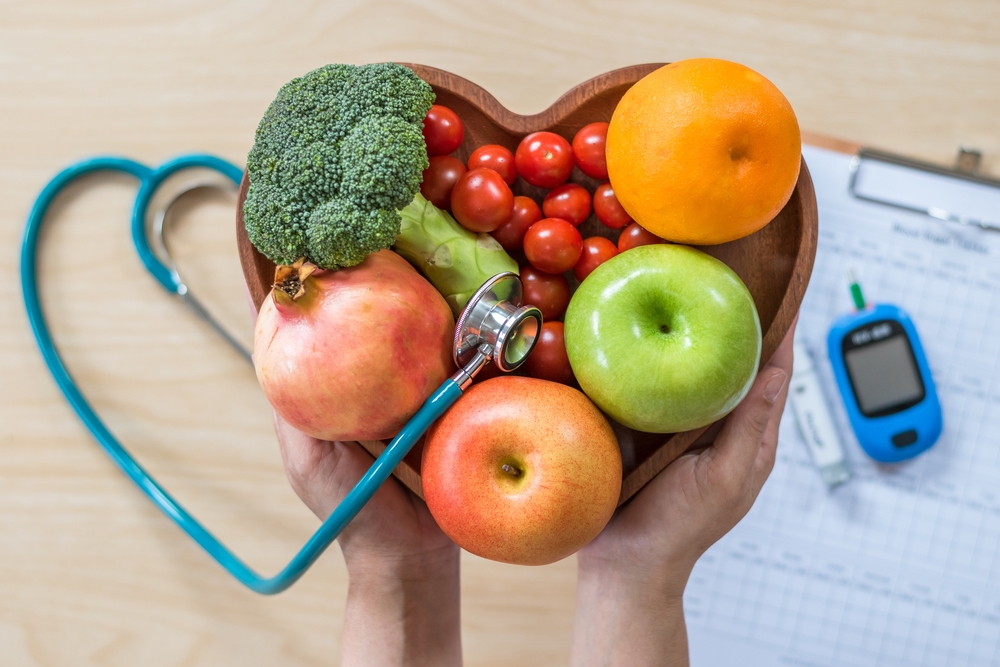
One day I saw a friend who said that he had hypertension. The doctor told him to eat less salt and more high potassium food, because sufficient potassium intake can resist the boosting effect of sodium.
I said: The doctor is right. You should really eat more foods rich in potassium in this situation.
My friend was puzzled and asked: All I know is that bananas and lemons are rich in potassium, and what food is rich in potassium. The doctor said that you should eat 3 500 ~ 4 700 milligrams of potassium every day. How many bananas do you need to eat?
I calculated an account for him:
According to the latest dietary nutrient reference intake released by the Chinese Nutrition Society, 3600 milligrams of potassium should be eaten every day to effectively prevent chronic diseases such as hypertension.
Converted into bananas in your mouth, it takes about 4 kg a day!
I really scared my friends. Who can eat four catties of bananas? Even if you eat it, you can’t eat any other food. Wouldn’t it be malnourished? It turns out that it is not realistic to supplement potassium by eating bananas.
My friend began to complain: [The doctor said it was simple. As soon as the upper skin touched the lower skin, I asked for 3,500 milligrams of potassium, which made it difficult for me to do! ]
I comforted him and said: Don’t worry, I’ll tell you the six secrets of potassium supplement. According to what I said, I’m not afraid of not enough potassium!
Secret Book 1: Vegetables should be eaten one and a half kilos,
The dietary guidelines for Chinese residents recommend residents to eat 300-500g of vegetables, which is recommended for healthy people. Patients with hypertension will increase the amount. In 750 grams of vegetables, there are about 250 grams of green leafy vegetables, and more than 500 grams of melon and fruit vegetables to increase potassium intake.
Why should we emphasize vegetable collocation?
This is because green leafy vegetables can help ensure the intake of calcium and magnesium, and the content of B vitamins is relatively high. However, they have more fiber and feel too full. Eating green leafy vegetables alone is easy to eat.
Melons, eggplants and other types of vegetables have lower fiber content and are easier to eat.
A big tomato has 200 grams and can provide more than 200 milligrams of potassium, but it feels easy to eat and will not feel full.
After wax gourd is boiled soft, it is not difficult to eat one kilo at a time, which can provide more than 500 milligrams of potassium.
However, I also want to tell you that when cooking vegetables, you must be light.
If you don’t pay attention to the amount of salt, supplement potassium and sodium, then there will be no health effect … From this perspective, eating tomatoes raw is really a good idea.
Secret Book 2: One Kilo of High Potassium Fruit
When it comes to foods that can be eaten without salt and provide potassium, can what compare with fruits?
However, when choosing fruits, one should not only look at the potassium content, but also at the [potassium nutrient density], that is, dividing the potassium content by the value of calories, which fruit has the largest value and is most effective in supplying potassium. Generally speaking, it is [rich in potassium and low in calories].
By this standard, bananas are no longer the best choice for potassium supplement.
Let’s give four simple examples. They are all fruits with 200 kilocalories. Bananas can get 550 milligrams of potassium, oranges 662 milligrams, cantaloupes 1,118 milligrams and papaya 1,214 milligrams.
Therefore, the potassium supplement efficiency of eating the latter fruits is higher than that of eating bananas.
However, this does not mean that bananas cannot be eaten. All kinds of fruits can be matched completely.
Secret Book 3: Potato Partly Replaces Staple Food
The so-called potatoes include potatoes (potatoes), sweet potatoes (sweet potatoes, sweet potatoes, sweet potatoes, sweet potatoes, sweet potatoes), taro and yam. They all contain more than 10% starch and can replace some white rice and flour as staple food.
Compared with white rice and flour, this kind of food has a particularly high density of potassium nutrients and is rich in vitamins, which is especially beneficial to controlling blood pressure.
Don’t underestimate potatoes, a humble food, which is one of the divine potassium supplements.
According to China’s food composition table, 100 grams of potatoes contain 342 milligrams of potassium and 77 kilocalories. However, 100 grams of refined white rice contain 58 milligrams of potassium and 335 kilocalories of calories.
According to the same calories, potatoes contain more than 26 times as much potassium as rice!
Change half of the white rice into potato, sweet potato, yam, taro and other potato foods and steam them together. It is not troublesome at all.
If you eat all three meals like this, you can get more than 2,000 milligrams of potassium from the staple food alone!
Secret Book 4: Five Cereals Contain High Potassium
Refined white rice is almost the staple food with the lowest potassium content. Although all kinds of whole-grain coarse cereals have similar calories to rice flour, the potassium content is much higher.
For example, the potassium content of 100 g millet is 300 mg, while that of 100 g red bean is over 700 mg, which is 5 times and 14 times that of refined white rice respectively.
Although they are not as good as potatoes, their potassium nutrient density is not low either.
It is a good choice to put oatmeal or red bean when cooking porridge and millet or sorghum rice when cooking, and the taste is also good.
Secret Book 5: Using Low Sodium Salt
At present, there are low sodium salts with low prices on the market for hypertension patients.
One gram of low sodium salt contains 133 milligrams of potassium. If you eat 6 grams of salt a day, low sodium salt alone can provide 795 milligrams of potassium.
Secret Book 6: Fish, Eggs, Milk and Bean Products, All Eat
People often only see that these foods are rich in various proteins, but ignore the potassium in them.
A pack of 250 grams of pure milk or 100 grams of ordinary chicken can supply more than 250 milligrams of potassium.
One egg contains 60 ~ 80 mg of potassium, and 50 grams of grass fish contains 100 mg of potassium.
Eat half a kilo of milk, one egg, one or two chickens or fish, three or two grains, one kilo of potatoes every day, plus one and a half kilos of vegetables and 200 kilocalories of fruits, and then use low sodium salt to cook, 3,500 milligrams of potassium is very easy to eat, and all types of nutrition are more comprehensive!
